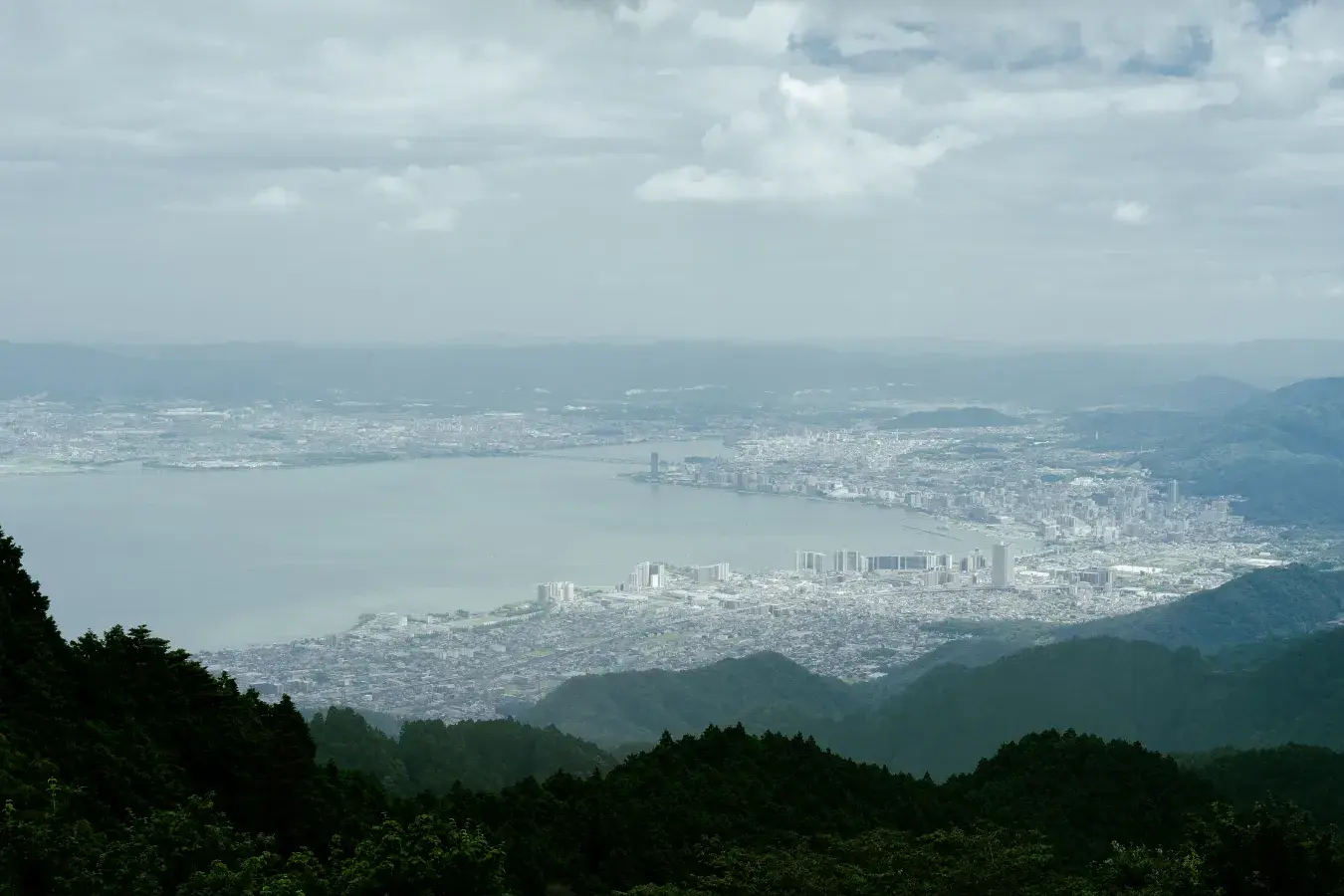

Japan’s ancient capital should be just as high on your Japan bucket list as the famed Tokyo Metropolis. Equally exciting on a smaller scale, Kyoto has collected an astounding assortment of sights over the centuries that you shouldn’t miss. Who better to introduce you to these spots than our very own team from Japan?


Although their names look oddly similar, Kyoto couldn’t be more different from Tokyo. As Tokyo developed into the shiny, modern mega-city of over 37 million, Kyoto has taken a different path. Instead of impressing with bright neon lights waiting at every corner, the city invites you to discover the authentic, traditional Japan as many of us picture it. Get inspired with this list of must-see spots and experiences in Kyoto.
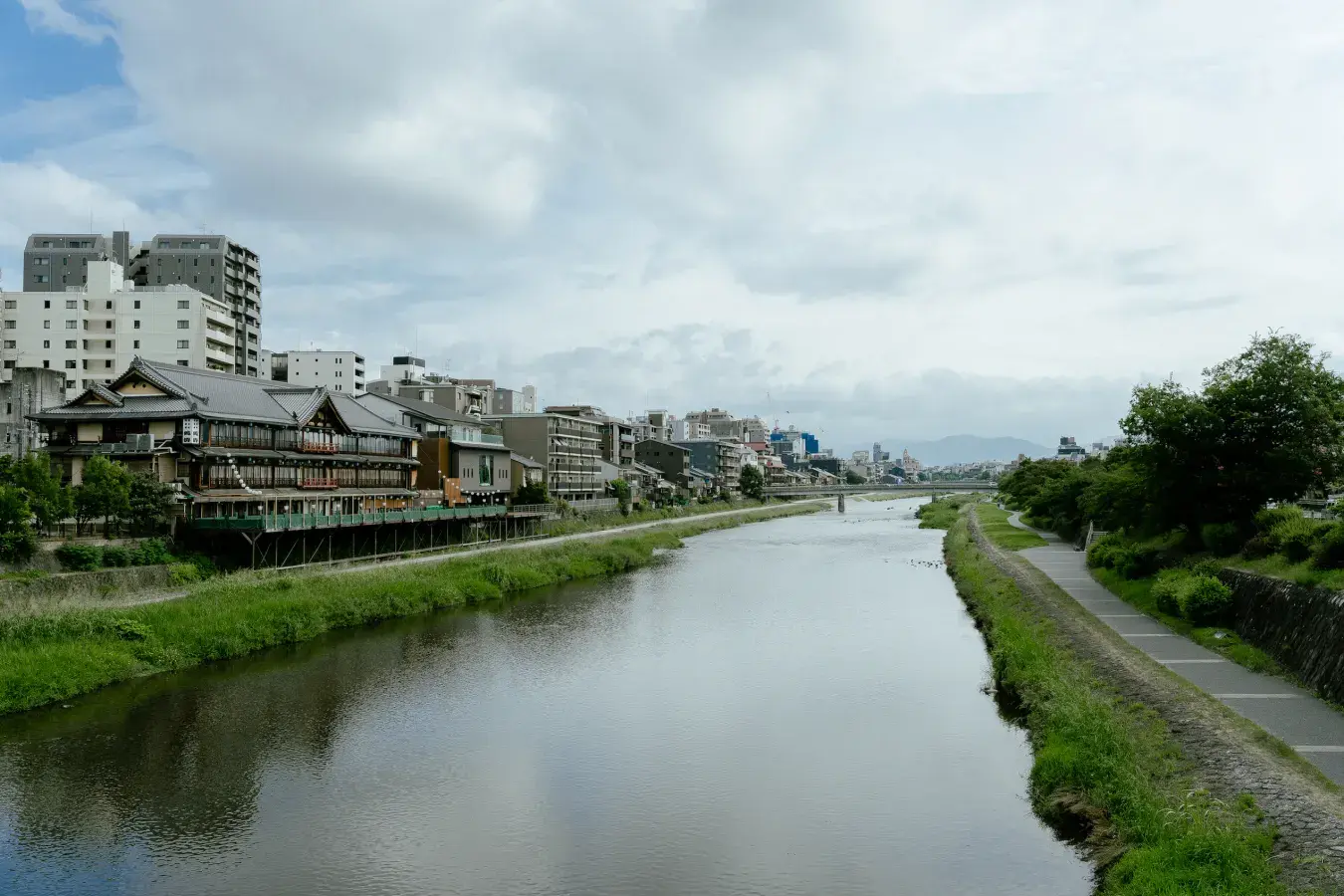

Entering via the northern side of Kyoto is the Kamo river. Alongside its steady flow of fresh water, the river offers much more. During daytime, locals enjoy the peaceful setting to walk their dogs, go for a run or enjoy a picnic. Come nightfall, the many restaurants along the riverbank fill up with hungry crowds. They don’t simply come for their meals, but also for a soothing atmosphere provided by the glowing lanterns, generously sprinkled along the shore.
Our team says: Kamogawa runs through Kyoto for over 12.5 miles (20 km), providing a slow and calm atmosphere. You can enjoy running along the riverside all year round.
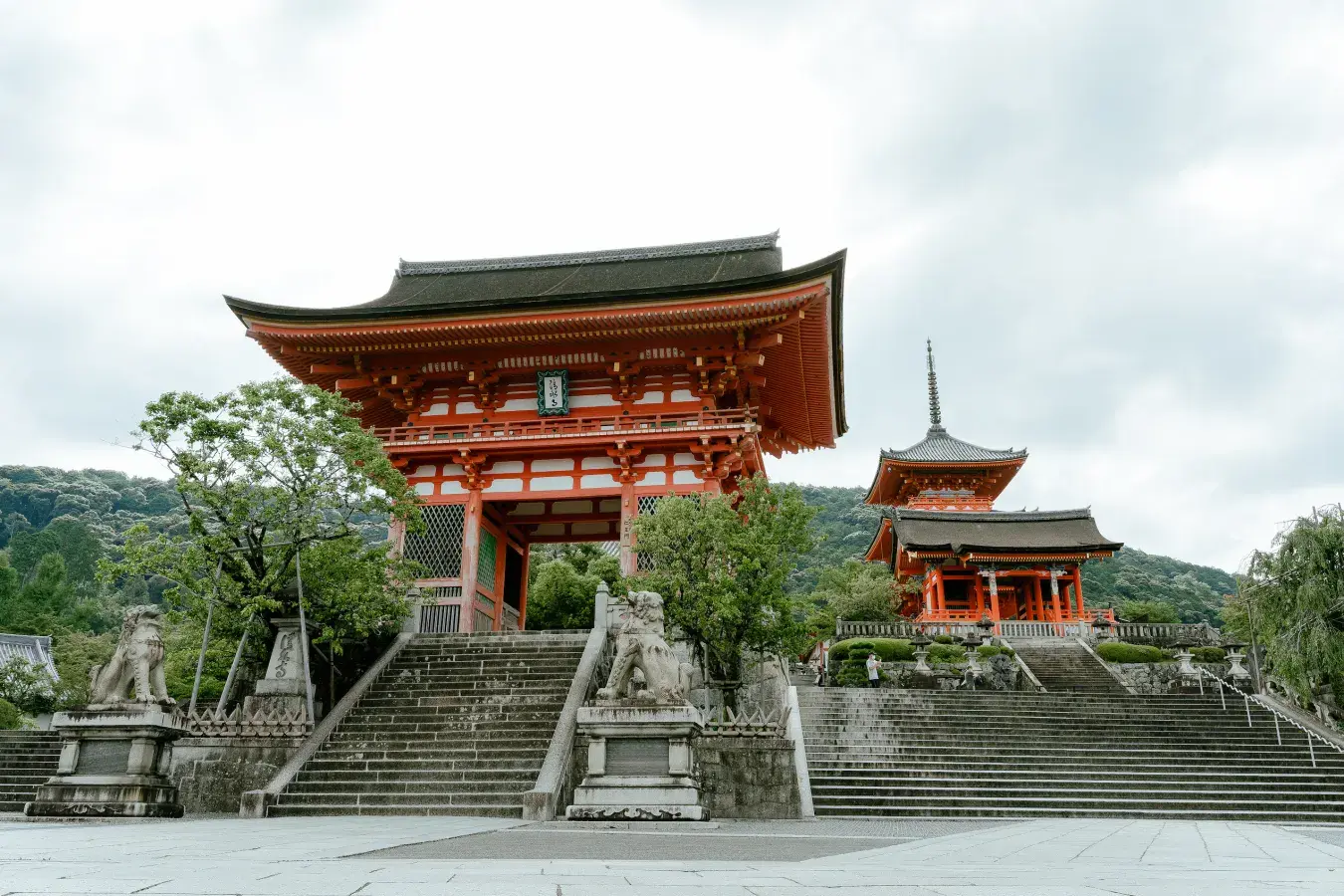

The ancient Kiyomizudera temple is based at the Otowa waterfall. Part of the experience is to drink from its health- and prosperity-promising waters – but be wary of drinking the water of all three streams, which is considered a sign of greed. Inside the temple you’ll find fabled shrines and other religious artworks, deeply rooted in Japanese history.
Our team says: Kiyomizudera is one of the most celebrated temples in Japan, founded all the way back in 780. Enjoy walking up Kimizu hill on your way there.
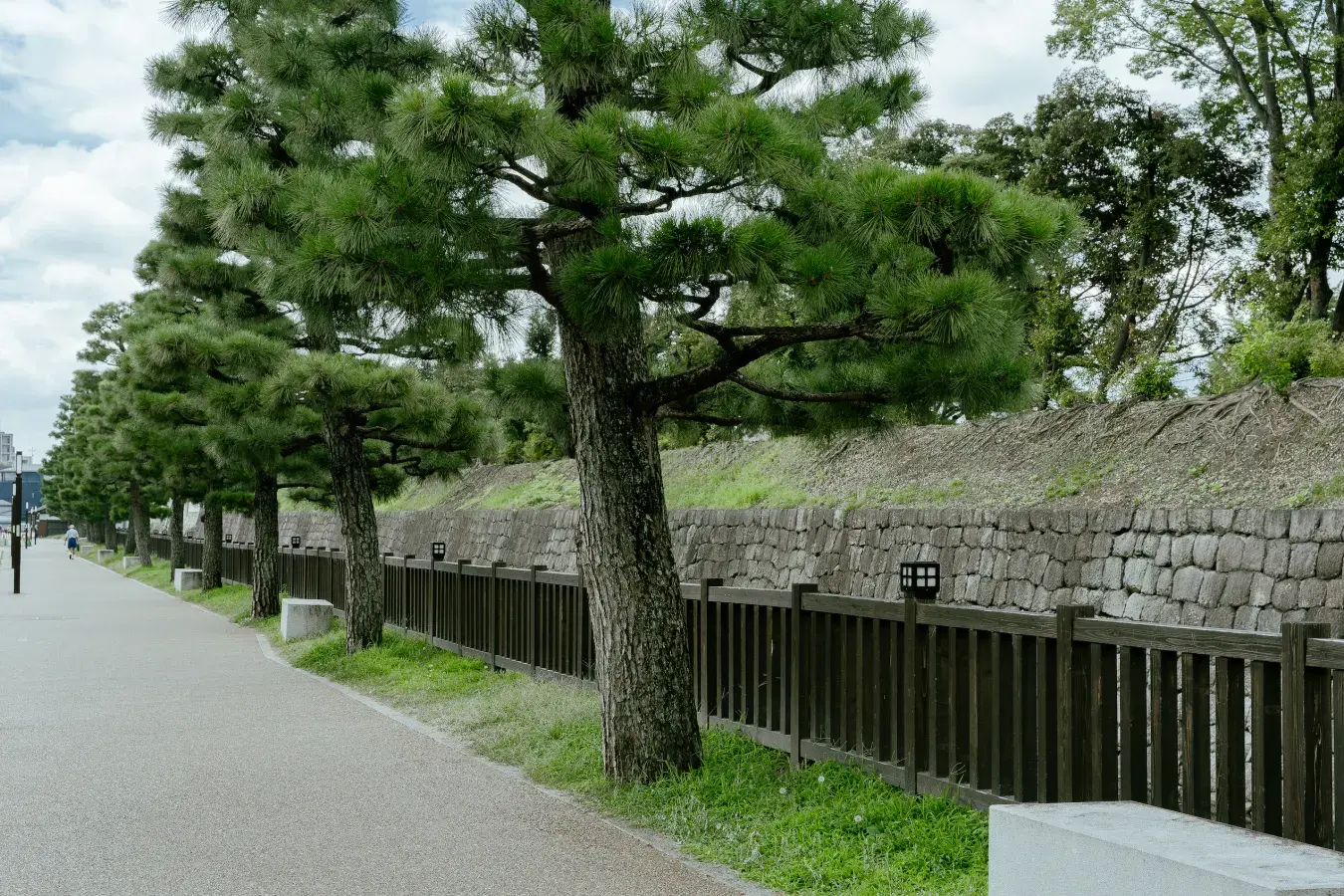

Before Tokyo became Japan’s official capital in 1868, the Kyoto Imperial Palace (or Kyoto Gosho) was one of the most important sites in all of Japan. Today, it serves as a reminder of the city’s rich history. Locals come here to switch off in the surrounding parks and gardens. Note: Time your visit between late March and mid April to capture the breathtaking cherry blossoms in full bloom.
Our team says: Kyoto Gosho housed the imperial family from 1331 until 1868, when they moved to Tokyo. Its almost rectangular shape – about 700m wide and 1300m long – makes for a convenient 4 km running loop.
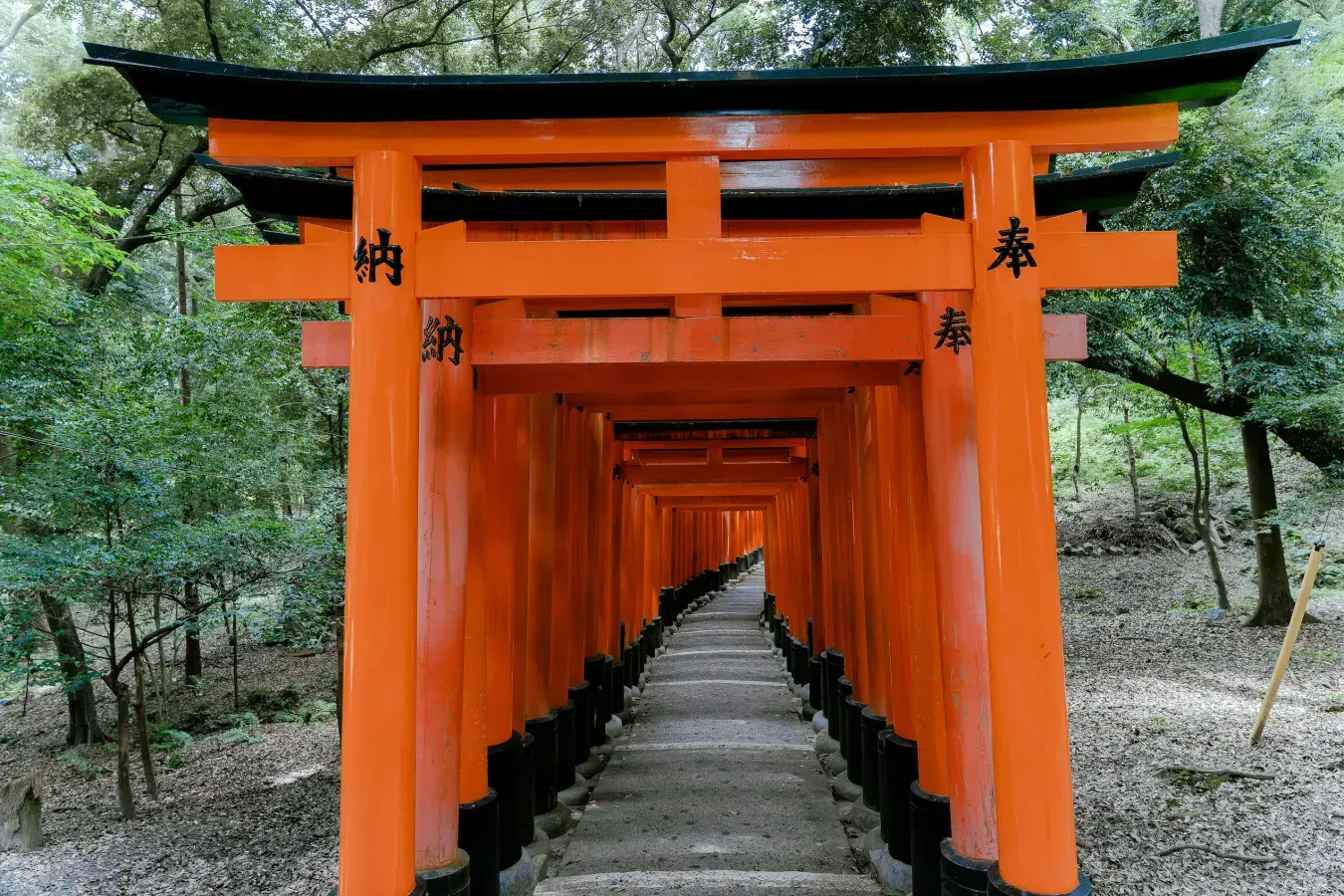

Wondering about the story behind the obscure number of torii gates leading to the Fushimi Inari Shrine? Well, it’s a tradition that allows companies to donate one of these gates every decade, promising them successful business for the next ten years. The shrine holds a considerable meaning to this day, as it honors Inari, patron deity of agriculture and business.
Our team says: Fushimi Inari Shrine is an important Shinto shrine in southern Kyoto. Its thousands of famed vermilion torii gates straddle a network of trails behind the main buildings.


The mountain towering over the northeastern parts of Kyoto offers multiple activities rich in culture, history and nature. Hike up or use the cable cars to reach the ancient Enryakuji Temple and its stunning historical buildings. Or if you’re just looking for an escape into nature, visit the Garden Museum’s array of colorful flowers.
Our team says: The view from up here is worth the trip. To the east, you can see Lake Biwa, Japan’s largest lake. To the west, look out for the ancient city streets of Kyoto.


Until we work out time traveling, a visit to Katsura River might be the next best thing. Embark on a boat ride along the expansive river and experience traditional steering methods using only a bamboo pole. Amid the forest-covered mountains, if you’re lucky, you’ll also witness local fishermen keeping ancientfishing methods alive.
Our team says: Katsura River is one of the largest rivers in Kyoto, spanning over 70 miles (114 km). Japan’s emperors of the Heian period were regulars here, soaking up the relaxing sights and sounds. In the old days the river was crowded with boats transporting timber.


Built over 1,000 years ago, the so-called “Moon-Crossing Bridge” fell victim to repeated floods and had to be repeatedly renovated and re-made. Since 1934, this rendition of the 155 m-long wooden bridge has remained in use while peacefully merging into the landscape of Kyoto’s northwest outskirts.
Our team says: Togetsukyo Bridge is the pleasant Arashiyama district’s central landmark over the Katsuragawa River.


On paper, this thick assortment of bamboo trees is like any forest we know – tree after tree after tree. In reality, this walkway offers a truly unique sight that you have see for yourself to fully embrace. After your one-of-a-kind path up the hill, you can choose to visit the Okochi-Sanso Villa as a beautiful example of traditional Japanese architecture.
Our team says: The paths that cut through the bamboo groves make for a nice walk. The groves come to life when a light wind is blowing and the tall bamboo stalks sway gently. Fans of the classic martial arts movie ‘Crouching Tiger, Hidden Dragon’ might recall this bamboo forest from the fighting scene in the forest.


Running in Kyoto doesn’t really get better than this. Beyond the calming atmosphere provided by forest-covered mountains left and right, the variety of plant species along the way create a balanced menu of colors and scents. Speaking of menus, the area around Hozukyo observatory also features some great bbq spots. Afterwards, visit the observatory itself for an impressive view over Kyoto and the Hozu gorge.
Our team says: Around Hozukyo Observatory, you can run with the scenery that changes with the seasons. You get cherry blossoms in spring, fresh green in early summer, and colorful leaves in autumn.


In mountain terms, Mount Atago is no giant. But it’ll earn your respect after its final ascent. Lovingly dubbed “The Stone Stairway to Success”, the climb presents a challenge for most visitors. Luckily, the rewarding views from the top bring out some heroic efforts on these steps. The only disadvantage of reaching the top? You’ll have to take the stairs again to descend back into town.
Our team says: Mount Atago stands at 924m tall in the northwestern part of Kyoto, featuring trails that showcase Kyoto’s historical side. It’s a fantastic opportunity to take in the city in peace and quiet.